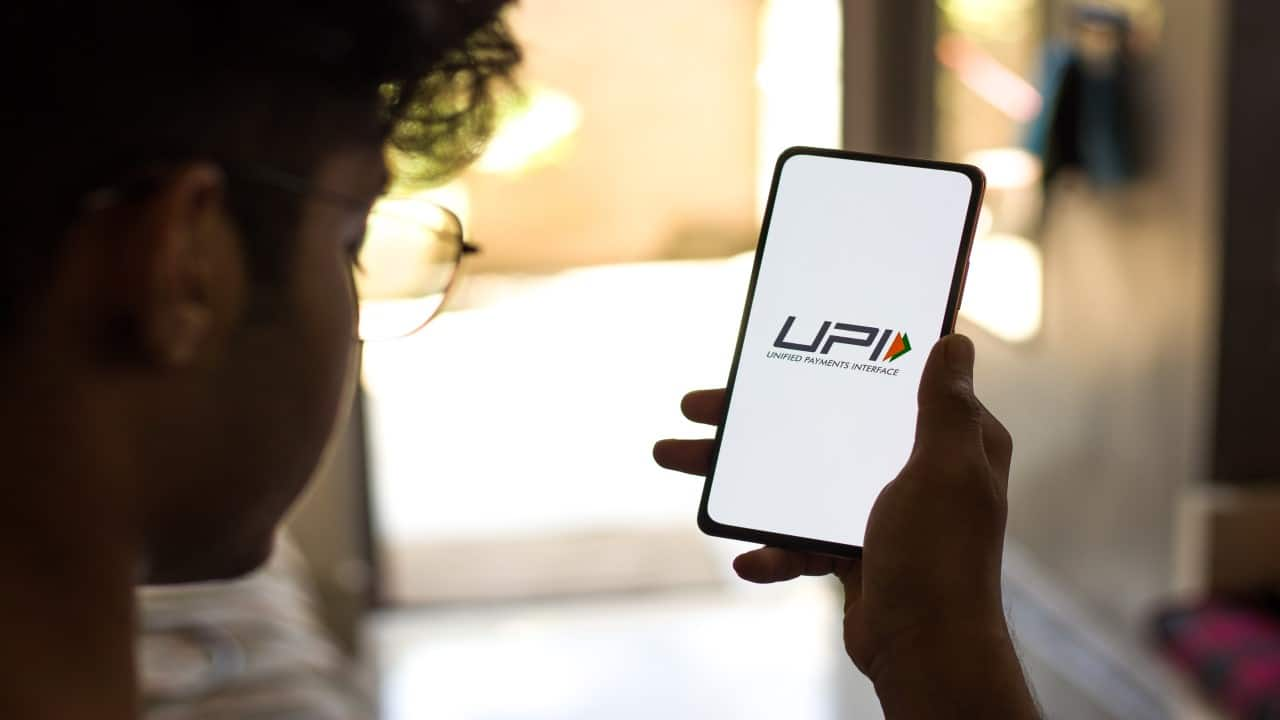Celebrating A Milestone Moment! India’s UPI Hits Record-Breaking 9 Billion Transactions Worth Inr 14 Lakh Crore.
Between 2016-17 and 2021-22, UPI-led retail digital payments expanded at a CAGR of 50% in volume and 27% in terms of value, according to the RBI's annual report for 2022-23.

Transactions on the UPI network reached a new high of 14.89 lakh crore in May, surpassing the 900 crore transaction threshold. UPI transactions increased by 6% month over month, both in terms of value and volume. According to umbrella body for operating retail payments and settlement systems in the country, the National Payments Corporation of India (NPCI) data, 941 crore transactions were handled throughout May. The number of transactions increased by 58% YOY, while the value of transactions increased by 43% compared to May 2022.

While the number of transactions has constantly been increasing, except for the shorter month of February, the previous peak in value was witnessed in March, when the network saw transactions totalling 14.10 lakh crore. In FY23, the UPI platform completed 8,376 crore transactions totalling 139 lakh crore, up from 4,597 crore transactions for 84 lakh crore in FY22. Between 2016-17 and 2021-22, UPI-led retail digital payments expanded at a CAGR of 50% in volume and 27% in terms of value, according to the RBI’s annual report for 2022-23.
Why UPI in India is growing at such a fast rate; is it the effect of countries’ geopolitical affiliations?
Russia’s exclusion from the Society for Worldwide Interbank Financial Telecommunications (SWIFT) and the suspension of operations by international card systems have acted as a wake-up call to the remaining of the globe. The EU, the US, and the UK froze Russian assets and barred their citizens and businesses from doing business with them. In response, the Russian Central Bank has used its SWIFT analogue, the Financial Message Transfer System (FMTS), established in the aftermath of Crimea’s intrusion in 2014. However, the amounts traded through the system are relatively small compared to Russia’s entire demand.
As the value of the Ruble fell and the banking system grew more limited and fragile, many Russians began transacting and investing in cryptocurrencies to protect their investments. It also influenced India-Russia commerce. To address this, the RBI implemented a mechanism in July 2022 under which trade invoices would be settled in INR, and the exchange rate will be established by the market. This agreement, however, is confined to the import of defence equipment. There have also been debates on the idea of a BRICS currency (Brazil, Russia, India, China, and South Africa). The consequence of such a move might impact the US dollar’s supremacy.

However, worldwide acceptability remains a significant barrier. The situation in Ukraine, as well as the current shift in attention to the China-Taiwan problem, may cause changes in the Indian payment system.
The statistics of changing digital payments system.
Digital payments in India continue to expand rapidly, with a 56% year-on-year increase in transaction volume in FY 2022-2023 and is predicted to grow fourfold by FY 2026-2027. This expansion may be ascribed to measures enacted by the Indian government and RBI to promote digital payments, the advent of FinTech with new technologies to improve user experience, and PSPs constructing infrastructure to enable seamless transaction flows. UPI is estimated to account for about 90% of total transactional volume in retail digital payments over the next five years as its adoption spreads to rural areas and tier 3 and 4 cities.
UPI currently accounts for over 75% of retail digital payments in India. To broaden the scope of UPI payments and boost the number of UPI users, the RBI introduced additional features in FY 2022-2023, including UPI 123Pay, UPI Lite, credit card linkage on UPI, UPI on NRE accounts, UPI for foreign tourists, and single block multiple debits.
Face-to-face payments, point-of-sale (PoS), and QR infrastructure are expanding not just in metros and tier 1 cities but also in tier 2, 3 cities. In FY 2022-2023, the Y-o-Y growth of PoS machines and QR codes is roughly 31% and 43%, respectively. Tap-to-Pay and soundbox innovations in this sector have also increased the usage of digital payments by improving the user experience when making payments.

Because of the hoopla around digital payments, expansion in offline payment system infrastructure has slowed, particularly for ATMs. Despite the fact that cash in circulation has grown by 28% from March 2020 to March 2022, ATM infrastructure has only increased by 2%. This is due to their high maintenance costs compared to the money they create. In 2022, there was a significant move towards micro ATMs. According to RBI data, the country will have 14.19 lakh micro ATMs by December 2022.
Conclusion.
The industry’s attention has switched to innovations such as the Digital Rupee and 5G, which will strengthen digital payment systems in the future. These developments have allowed new businesses to enter the market with novel goods that will improve the consumer experience even more. India has become a global paradigm for the implementation of digital payments. Digital payments are one of the most crucial cornerstones of a financially inclusive country since they assist in uniting individuals under an organised financial system.
Proofread & Published By Naveenika Chauhan




